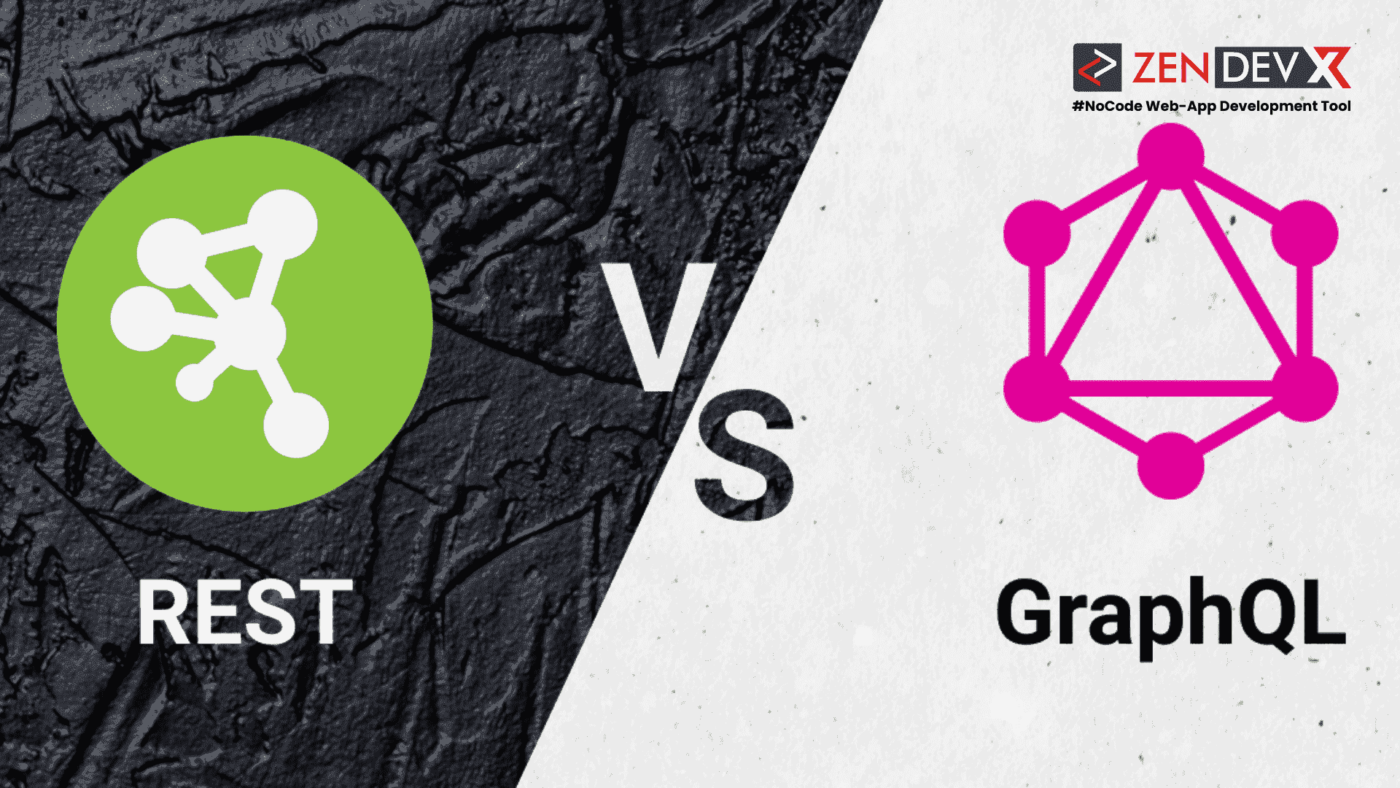GraphQL seems to solve many conventional issues and bottlenecks when presented as a substitute for REST APIs, thereby leaving many programmers questioning whether they should use GraphQL.
GraphQL against REST APIs is a topic with no one correct response in reality. Although GraphQL is sometimes the superior option and will help to avoid common problems like over-fetching — REST APIs are still sufficient for many applications and utilizing GraphQL instead may do little more than overcomplicate matters. The programming scene still welcomes both choices.
GraphQL and REST APIs’ variations will be broken out below together with their respective benefits and drawbacks.
What is Graph QL ?
An open-source query language and manipulation tool for APIs, GraphQL lets developers specify the data needed’s format, therefore limiting too high returns of data. Declarative data fetching helps it to achieve this.
GraphQL is not, contrary to perception, a SQL substitute or replacement for REST APIs. On the same project, GraphQL and REST can be applied without problems either.
Benefits
Reduce Under- and Over-Fetching
GraphQL’s ability to avoid both over- and under-fetching is among its most significant advantages. Sometimes REST answers include either too much or too little data, hence you might have to make a second request to indicate what you specifically require. GraphQL lets you streamline the whole process by specifying the precise data you require in one request.
GraphQL can be notably faster than REST APIs. Choosing your particular field helps to reduce the search query and hasten the whole process.
Simple Learning and Use Guide
GraphQL is a younger query language, hence many programmers are cautious of it even if it is rather easy to understand. When you ask questions of the server, the answer follows a consistent pattern that lets you exactly create a query based on your needs.
Drawbacks
Problems with Cache
Using GraphQL can complicate using a single cache implementation. REST lets you access resources via URLs, thereby enabling you to use the resource URL as an identification to cache on a resource level. GraphQL lets every search vary. Although this is typically a positive, it can greatly increase the time-consuming nature of the procedure.
Complexity of the Questions
Although this is a disadvantage of REST as well, it is noteworthy since many developers mistakenly think GraphQL will solve the issue of consumers asking too much nested field data at once. To solve this, you will still need a method in place, maybe maximum query depths or query complexity grading.
Limit-Limiting Rate
Working with REST APIs lets you quickly indicate that you only let a specific daily request count. GraphQL makes it difficult to enable rate-limiting, hence you will have to hunt often time-consuming solutions.
What is REST API ?
Under the architectural style of REST (representational state transfer), a REST API lets you connect with RESTful web services within limitations. Unlike more all-encompassing APIs, REST is designed largely for web applications and operates mostly with HTTP requests and answers.
Easy To Integrate
Usually available in the initial URL, RESTful APIs are easily located. Although particular applications may not always know how to use your particular service, REST APIs are simpler for developers to operate within a broad sense.
Cacheable
Because of its stateless server, REST makes caching rather simple unlike GraphQL. GET requests deliver the same response every time, independent of the session; each request is handled separately. This makes GET queries typically recognized by browsers easily cacheable.
Rapid and Flexible
REST APIs normally handled considerably faster since their preferred format is JSON, which is concise and small in scope. REST APIs allow customers to request various data kinds, hence they also provide intrinsic flexibility.
Cons
Hard To Manage
Hypertext-driven REST APIs exist. This makes REST APIs somewhat more difficult to manage than other choices since the code that maps URIs can often get mixed-up.
Issues Related to Security
Although REST is appropriate for public URLs since it does not need security, it is not always the best option should you intend to move private data between the client and server.
No Government
Usually lacking in REST APIs, most web applications call for stateful approaches. This implies that the client can be assigned to preserve the state, which would make programs far less user friendly and prone to faults.
Which Is Correct For Me ?
As said already, in the same project you can utilize GraphQL and REST. Depending on your need, one could be more suited than the other.
GraphQL :
GraphQL makes use of a query language meant to precisely meet your needs. Conversely, REST always returns with a whole dataset. Although first coding with GraphQL can be rather perplexing, once you know how to use it, it can be lot easier to just retrieve the required data – especially for some automated chores.
For more complicated systems and/or microservices GraphQL can also be beneficial. GraphQL allows you to link several systems—including big outside APIs. Changing from a monolithic backend to microservice design can be quite helpful in this regard.
REST API :
Although REST over-fetching is guilty, it is not usually the least choice. For simple apps with public APIs, it can perform rather effectively.
REST is the industry standard for APIs; so, it is better known and has more developed endpoints. Especially if you or your team are not familiar with GraphQL, REST can thus be simpler for basic chores than overcomplicating matters.
Conclusion :
GraphQL is not a substitute for REST; rather, it offers certain benefits in terms of query specificity. Both can and usually be applied on the same project; in fact, a mix of the two can be the optimum solution.


